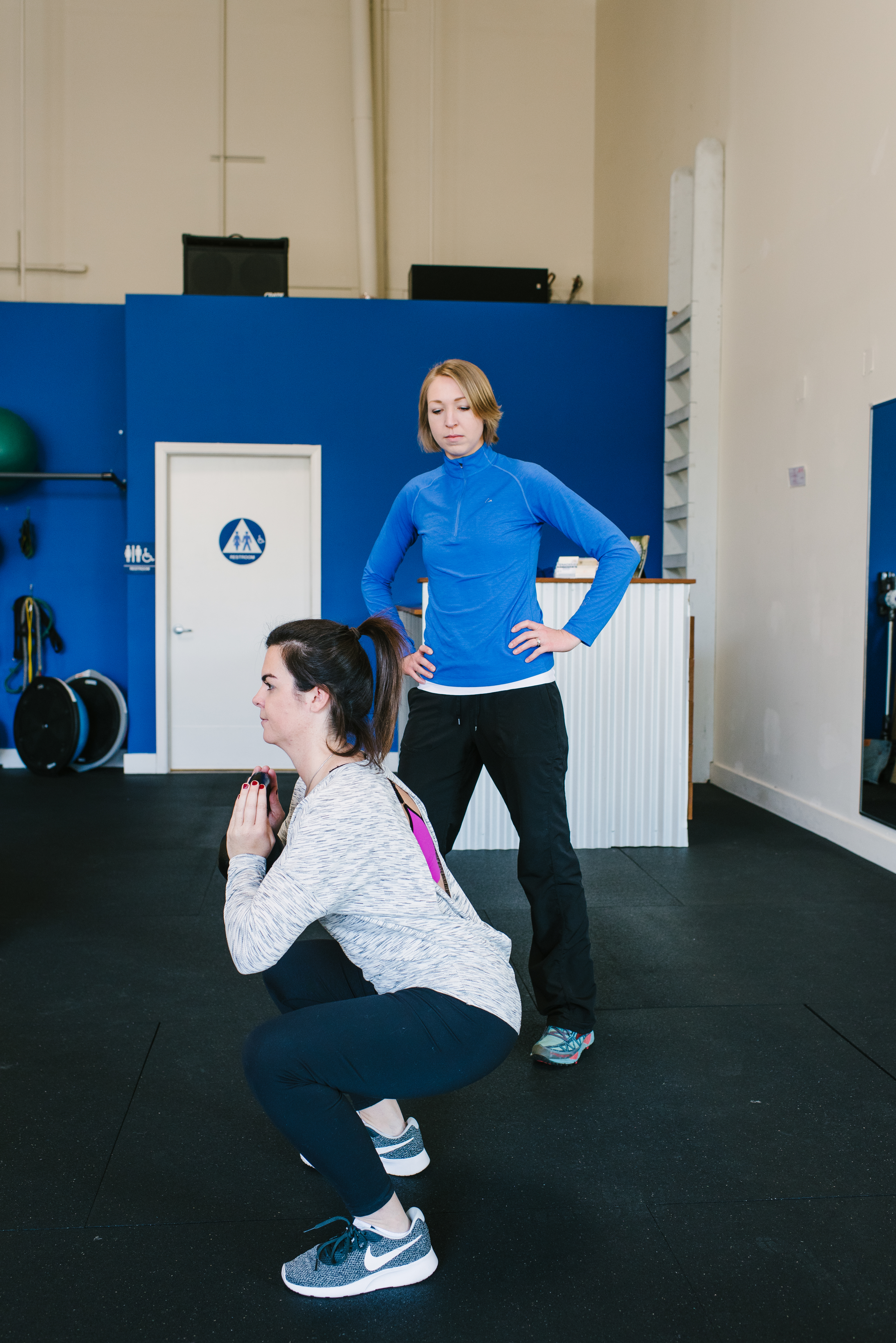The final first month of the new year is coming to an end. New year’s resolutions are thriving in abundance with the gym goers of Napa becoming happier and fitter. As the first month of the new year finally wraps up, there is still 11 motivating months to make our lives happier, healthier, and stronger. This healthy motivation includes increasing energy so we can enjoy time with our family and friends. Being more active helps alleviate stress from our work lives. As the new year offers more complexity to our lives, we can look to exercise and opportunities for movement to help us feel better and enjoy meeting our projected milestones.
Some of the stereotypical new year techniques are to “just go run,” or “all you have to do is get a gym membership”, or “just eat healthier.” As a scholar who has made the study of living heathier and happier my life’s work, anyone who say, “just run more”, “I’m JUST going to eat healthier” or “all you have to do is…”, quite frankly does not have a grasp of the reality of sustaining life time fitness for the longevity of their lives.
We all know that the complexities of life can interfere with our plans to establish a worth-while fitness routine. Priorities that can spoil our fitness plans might include: picking the kids up at soccer, work calls you in on your weekend for some overtime, or you are just flat out too tired to get any physical activity after family and work obligations hit you like a ton of bricks. If we rush into getting on track by following in the quintessential plans of “just going to the gym”, we show up to our exercise sessions unprepared. It goes without saying that showing a lack of planning will lead to sub-optimal execution. Which means a treacherous workout that not many people are going to want to return to. The “all you have to do” approach rarely works and is challenging to sustain to get the life time fitness results we are striving for.
The issue of “just living healthier” leads to a lack of getting permission from yourself and significant others to start ingraining a healthy lifestyle to your wellbeing. If we take time to look at our schedule and obstacles in our way of exercise, we can find some openings that lead to opportunities for movement. A critical part of finding these opportunities to take time for ourselves is communication with ourselves and significant others we share commitments with. We need to get permission and give permission to embrace in a healthy life style before we execute our game plan.
The first person we need to get permission from is the person we stare at in the mirror every morning, ourselves. It’s a well-known fact that adhering to a healthy lifestyle will increase our energy, decrease stress, and aid us in living a longer and happier life for the people we care about. We need to grant ourselves permission to set time aside for ourselves away from work to get some much-needed movement in. Work isn’t going anywhere, it will be there after a 30-minute planned exercise session. We can communicate with our spouse or a source of trusted child care to pick the kids up from soccer. Your spouse and kids would more than likely understand and appreciate your effort for sustainable life time fitness is critical to you being a better provider. In fact, they might even appreciate it and be glad to accommodate. Perhaps you can tell your friends that you are making a serious effort to improve your life by adhering to some opportunities for movement that will make you a better person. They might even want to join you in your journey for a healthier, stronger, and happier life. Once you have permission from yourself and others, you can take a sigh of relief and dive into this healthier life you so deeply desire that you may have stated in your new year’s resolution.
It’s easy to look at some “all you have to do” strategies to become healthier before being granted permission to do so by yourself, family and friends. However, just like going into work unprepared and acting on the fly without telling anyone elicits a lack luster work performance. The same thing applies to an unprepared, unplanned exercise session. Arriving to work dressed sharp, your hair looking glorious, and you have debriefed with your team and boss, you will most likely have a successful day at work. Embracing opportunities for movements is identical.
Show up prepared and limit the obstacles to have an enjoyable and successful exercise performance. Before “just exercising more,” acquire permissions to do so. It will be fun, healthy and sustainable when you lay out your plans. Pick your favorite activity to reap the benefits of your new year’s resolution statement.
Sean McCawley, the founder and owner of Napa Tenacious Fitness in Napa, CA, welcomes questions and comments. Reach him at 707-287-2727, napatenacious@gmail.com or visit the website napatenaciousfitness.com.










